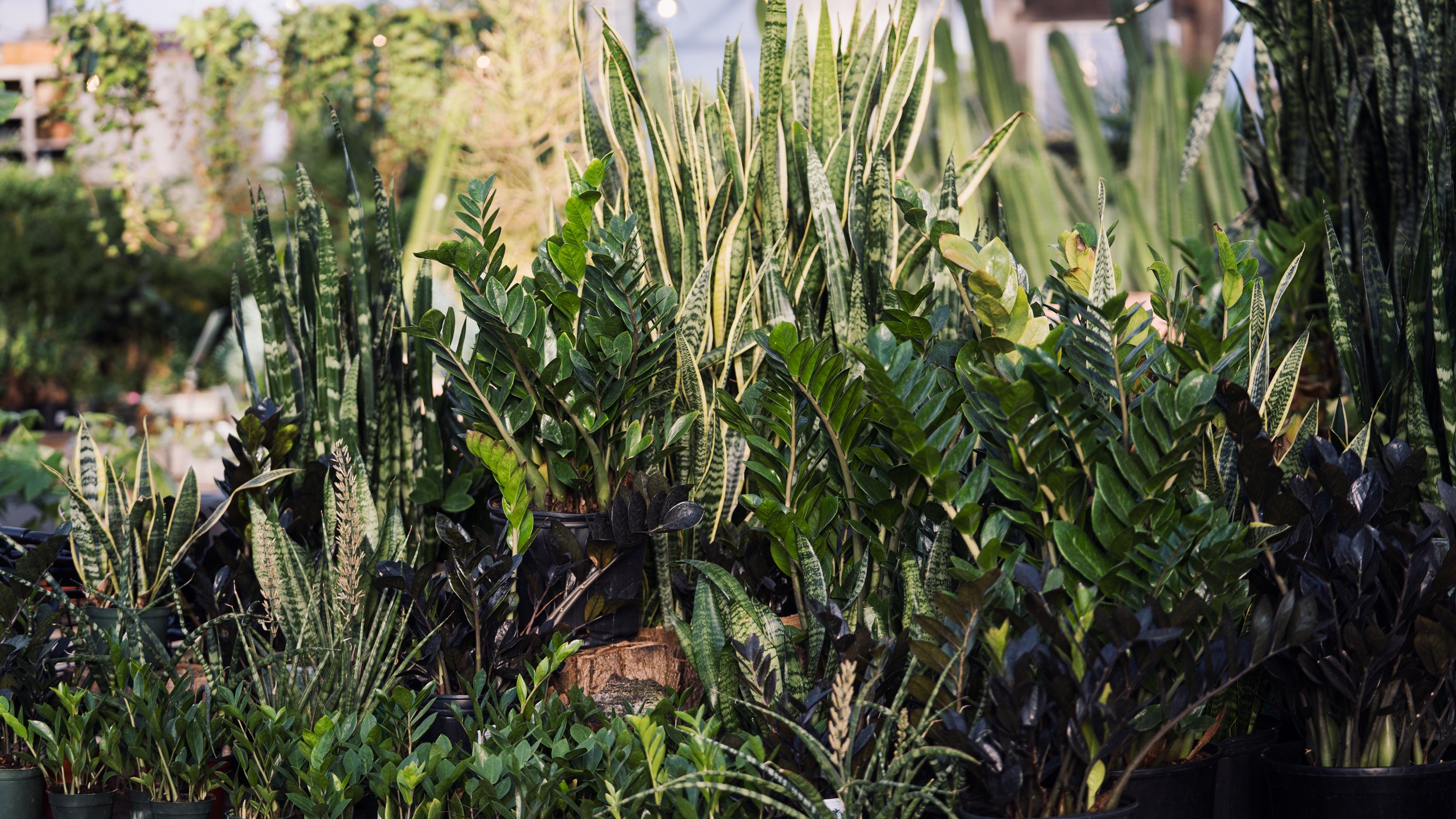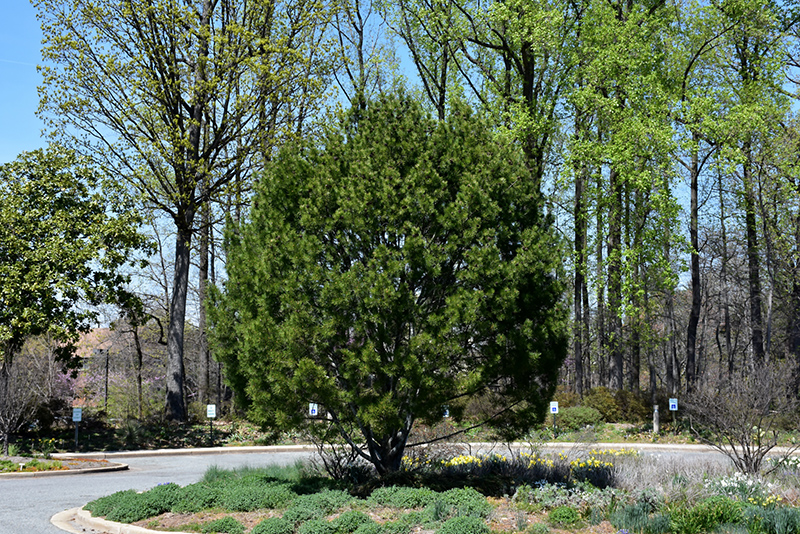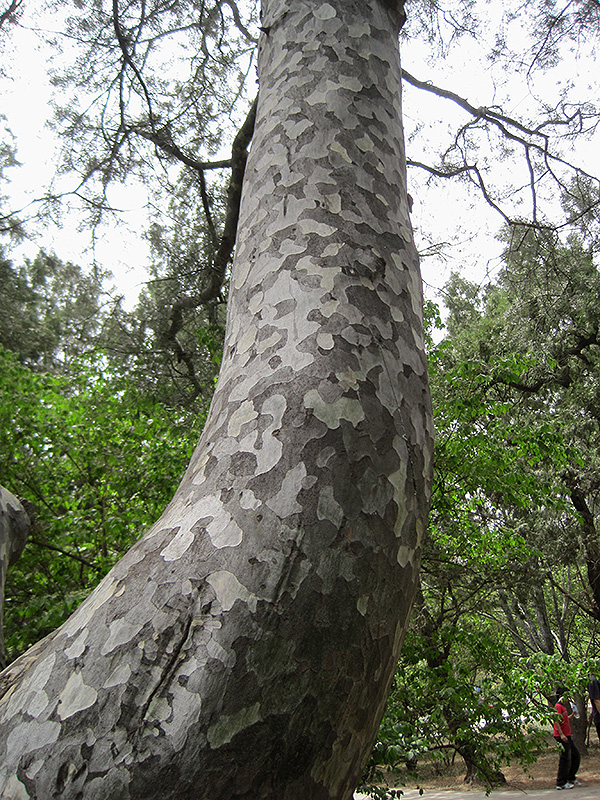
use our plant finder to help choose the perfect tree, shrub, perennial, annual, or houseplant to match your unique needs & style.
all the plants we love
Height: 40 feet
Spread: 20 feet
Sunlight:
![]()
Hardiness Zone: 5a
Description:
A most beautiful evergreen tree which develops very showy white-mottled bark with age, however, lower branches must be removed for maximum effect; habit is upright but opens up with age, becoming a character tree, adaptable to various growing conditions
Ornamental Features
Lacebark Pine is primarily valued in the landscape for its decidedly oval form. It has rich green evergreen foliage. The needles remain green throughout the winter. The peeling white bark is extremely showy and adds significant winter interest.
Landscape Attributes
Lacebark Pine is a multi-stemmed evergreen tree with a shapely oval form. Its average texture blends into the landscape, but can be balanced by one or two finer or coarser trees or shrubs for an effective composition.
This is a relatively low maintenance tree. When pruning is necessary, it is recommended to only trim back the new growth of the current season, other than to remove any dieback. It has no significant negative characteristics.
Lacebark Pine is recommended for the following landscape applications;
- Accent
- Shade
Planting & Growing
Lacebark Pine will grow to be about 40 feet tall at maturity, with a spread of 20 feet. It has a low canopy with a typical clearance of 5 feet from the ground, and should not be planted underneath power lines. It grows at a medium rate, and under ideal conditions can be expected to live for 70 years or more.
This tree should only be grown in full sunlight. It prefers dry to average moisture levels with very well-drained soil, and will often die in standing water. It is not particular as to soil type or pH. It is somewhat tolerant of urban pollution. This species is not originally from North America.
can’t find what you’re looking for? let us know
info@wilsonnurseriesky.com
frankfort: 502.223.1488
lexington: 859.269.5795


